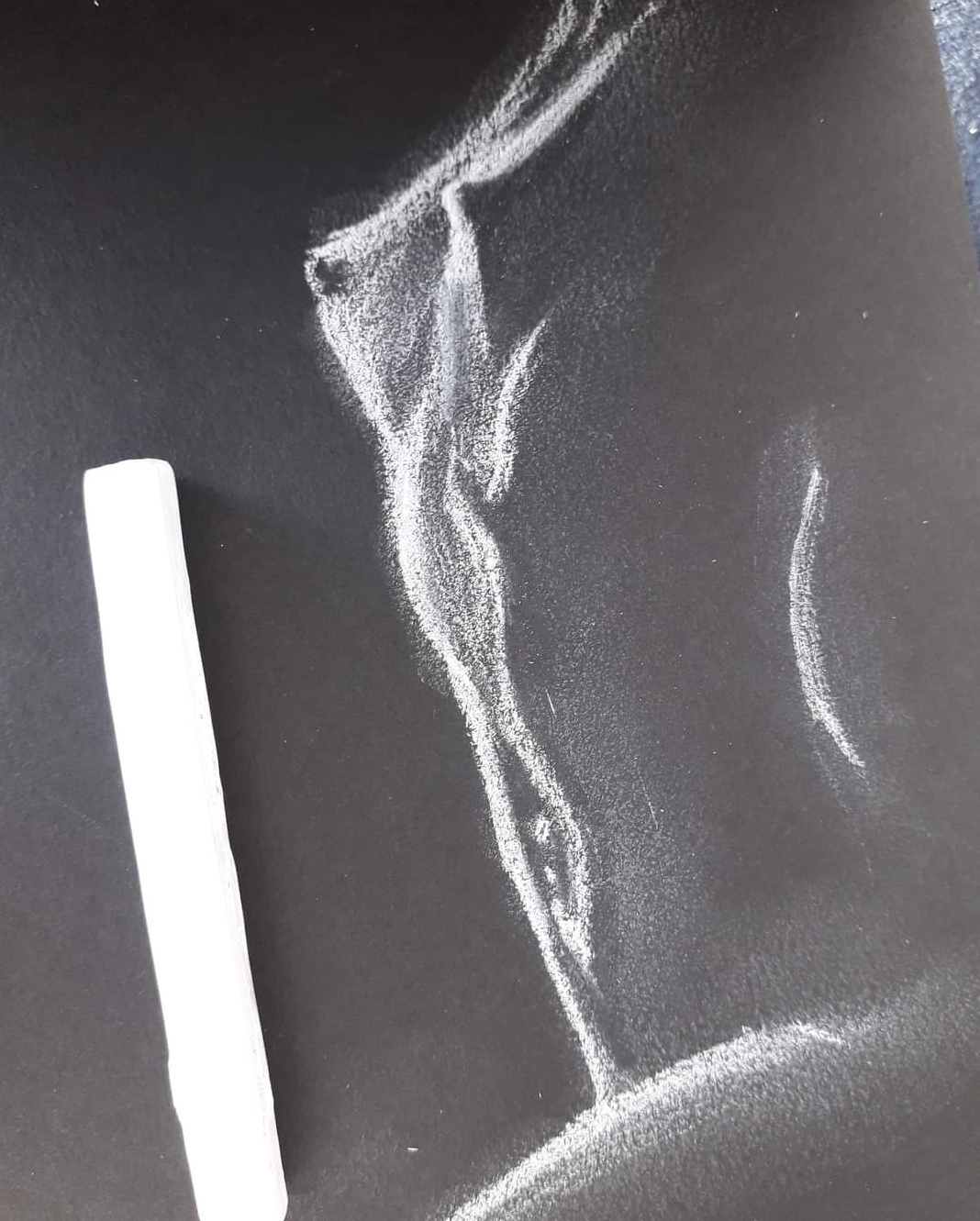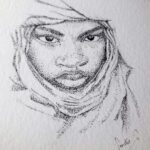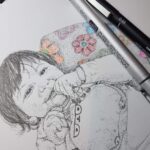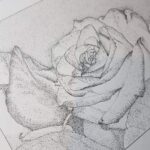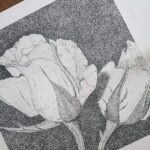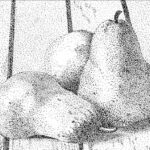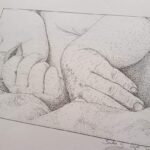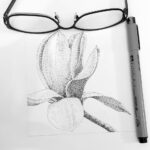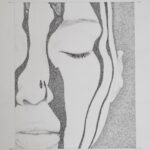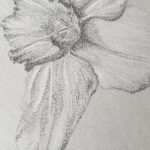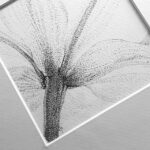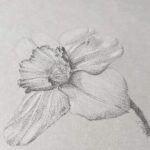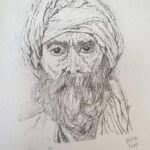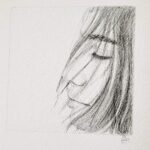The Art of Stippling
Stippling is a technique in art and drawing characterized by the use of small, distinct dots to create images or patterns. This method involves the strategic placement of dots to form textures, shading, and intricate details. By adjusting the density and arrangement of these dots, artists can achieve various visual effects, such as gradients and depth.
Applications The Art of Stippling
- Pen and Ink Drawings: Stippling is widely used in pen and ink illustrations. Artists employ fine-tipped pens to place dots closely together to create dark areas and spread them apart for lighter areas, resulting in detailed and textured artwork.
- Pointillism: This painting technique, closely related to stippling, relies on applying dots of color to a surface. Each dot is a distinct hue, and when viewed from a distance, the colors blend to form a cohesive image. Famous artists like Georges Seurat and Paul Signac have used pointillism to create vibrant and dynamic paintings
Stippling is an art technique that involves creating images or patterns using small, distinct dots. This method allows artists to form textures and shading effects by varying the density and arrangement of the dots. The closer the dots are, the darker the area appears. Conversely, spreading the dots apart results in lighter areas. This technique is known for its ability to produce intricate and detailed drawings, requiring both patience and precision.
Applications of Stippling
- Pen and Ink Drawings: In pen and ink art, stippling is a popular method for adding depth and detail. Artists use fine-tipped pens to place dots on the paper. By varying the concentration of dots, they can create smooth gradients and intricate textures. This technique is often used in scientific illustrations, where precision and detail are crucial.
- Pointillism: Pointillism is a painting technique related to stippling. Instead of using dots to create shades of gray, pointillism involves using dots of pure color. Artists like Georges Seurat and Paul Signac developed this style in the late 19th century. Each dot is a distinct color, and when viewed from a distance, these dots blend visually to form a complete image. This method allows for vibrant and dynamic compositions.
- Tattoo Art: Stippling is also used in tattooing to create detailed and textured designs. Tattoo artists use stippling to produce gradients and shading without solid lines. This technique can create a softer look and allows for intricate details in tattoo designs.
Benefits and Challenges
Benefits: Stippling offers unique and visually striking results. It allows for high levels of detail and texture that are difficult to achieve with other techniques. The method also offers control over shading and depth, making it ideal for creating realistic images.
Challenges: Stippling is time-consuming and requires a great deal of patience. Each dot must be placed carefully to achieve the desired effect. The process can be tedious, especially for large or highly detailed works. However, the results can be incredibly rewarding, showcasing the artist’s skill and dedication.
The Art of Stippling : Artistic Appeal
Stippling is appreciated for its unique visual effects and the skill required to execute it well. The technique produces artwork that is both intricate and textured, often appearing more lifelike due to the gradual shading created by the dots. Artists choose stippling not only for its aesthetic qualities but also for the precision and control it allows in their work. Whether in pen and ink drawings, pointillism paintings, or tattoos, stippling remains a versatile and enduring technique in the art world.
